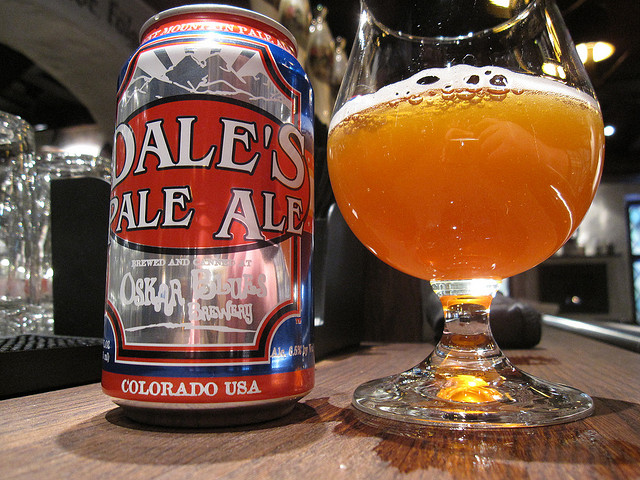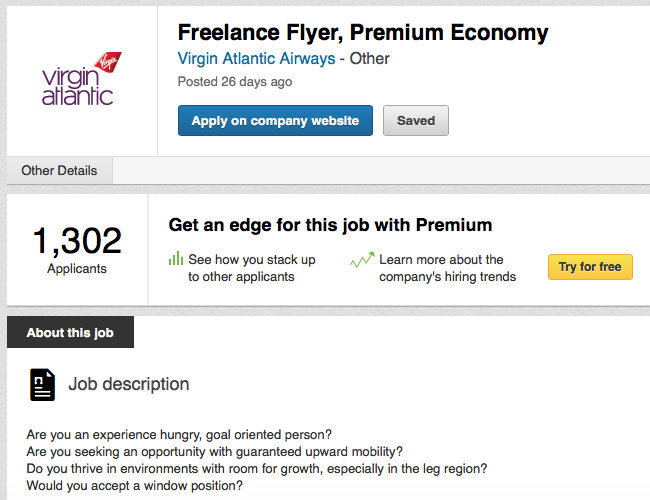Articles about millennials are truly a dime a dozen. If you do a Google search for “millennials” and just limit so you only get results from the past week, you’ll still see a lot of immediate bold proclamations:
“For Millennials, (Bernie) Sanders is a grandpa who gets them”
“Millennials Avoid Taking Care of Sick Relatives”
“Three Ways to Get Inside the Head of Millennials”
And that’s just page one. Lots of generalizations, lots of simplifications and a whole lot of blanket statements posed as facts. It’s head-spinning stuff.
So when our team gets “insights” about Millennials behavior, we tend to be a bit skeptical. A recent report by Goldman Sachs tells a much richer story backed by data, useful categorical info and enlightening takeaways.
Instead of one large thought-piece from one person’s perspective, the interactive guide shows key touchpoints on how millennials were raised and why they view the world the way they do.
Digital Natives
One of the narratives that gets thrown around frequently for millennials is that they’re more socially connected than Generation X and Baby Boomers. While that may be true, the gap is closing rapidly:
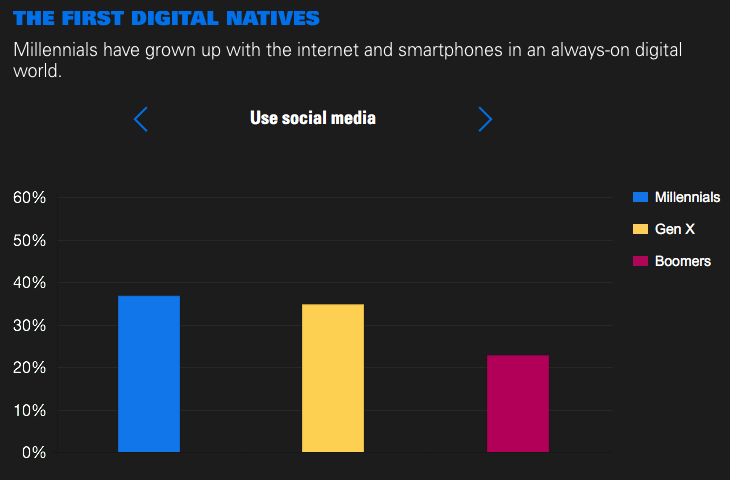
Some platforms, such as Facebook and Twitter in particular, are seeing incredible usage jumps from Gen X and Boomers as Millennials move onto newer portals. So while millennials may be ahead of the curve on this trend, they’re not running away with it. It’s ideas and data like this that cut through the clutter and provide newer insights.
Love and Marriage
Another intriguing one:
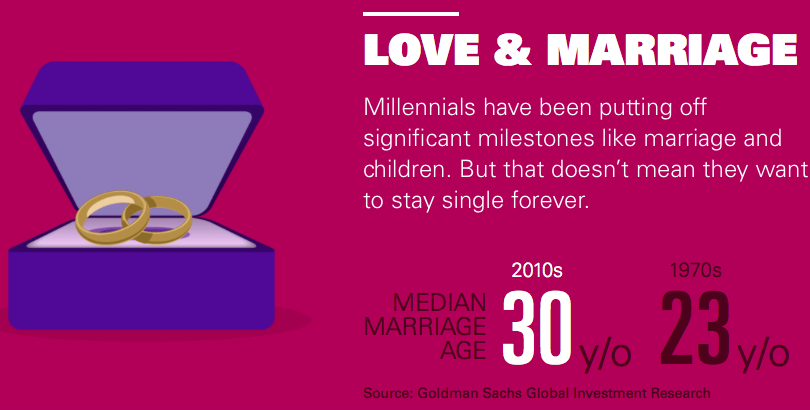
It’s an interesting nugget or information on its own. But the report dives deeper into the reasons behind it, including job mobility, home ownership and financial standing. Instead of simply saying something like. “millennials must hate commitment,” the information provides a story that highlights what’s important to people in this age range.
Brands and Retail
Another good section highlighting the ways different groups feel about the brands they use and the way they make purchases. Certainly, millennials seem to be leading some of the charge with regards to online retailing, but we also see growth from other segments in a short period of time. Also, learning why millennials buy what they do is a strong indicator of what kind of products will succeed.
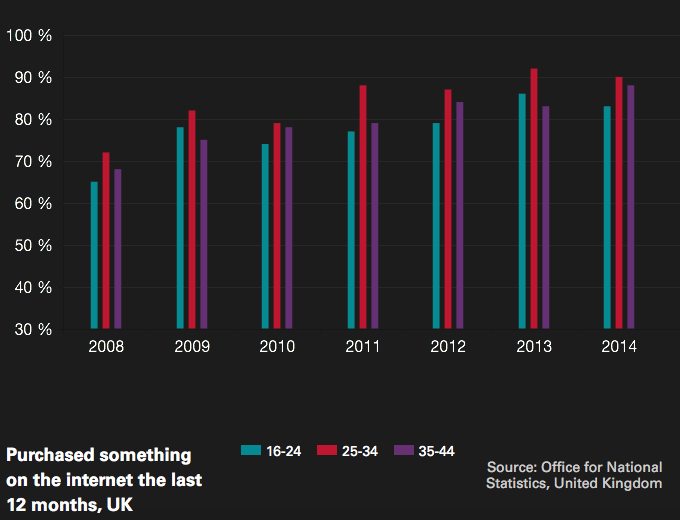
All around, it’s a fascinating read that’s definitely worth your time to explore more in-depth. If you have any questions or would like to hear more of our insights from the info presented, contact us using the form below and we’ll get back to you.
[gl-hs-form form_id=’1863abe3-c1e4-43d0-a298-c7b132f8ce03′]
